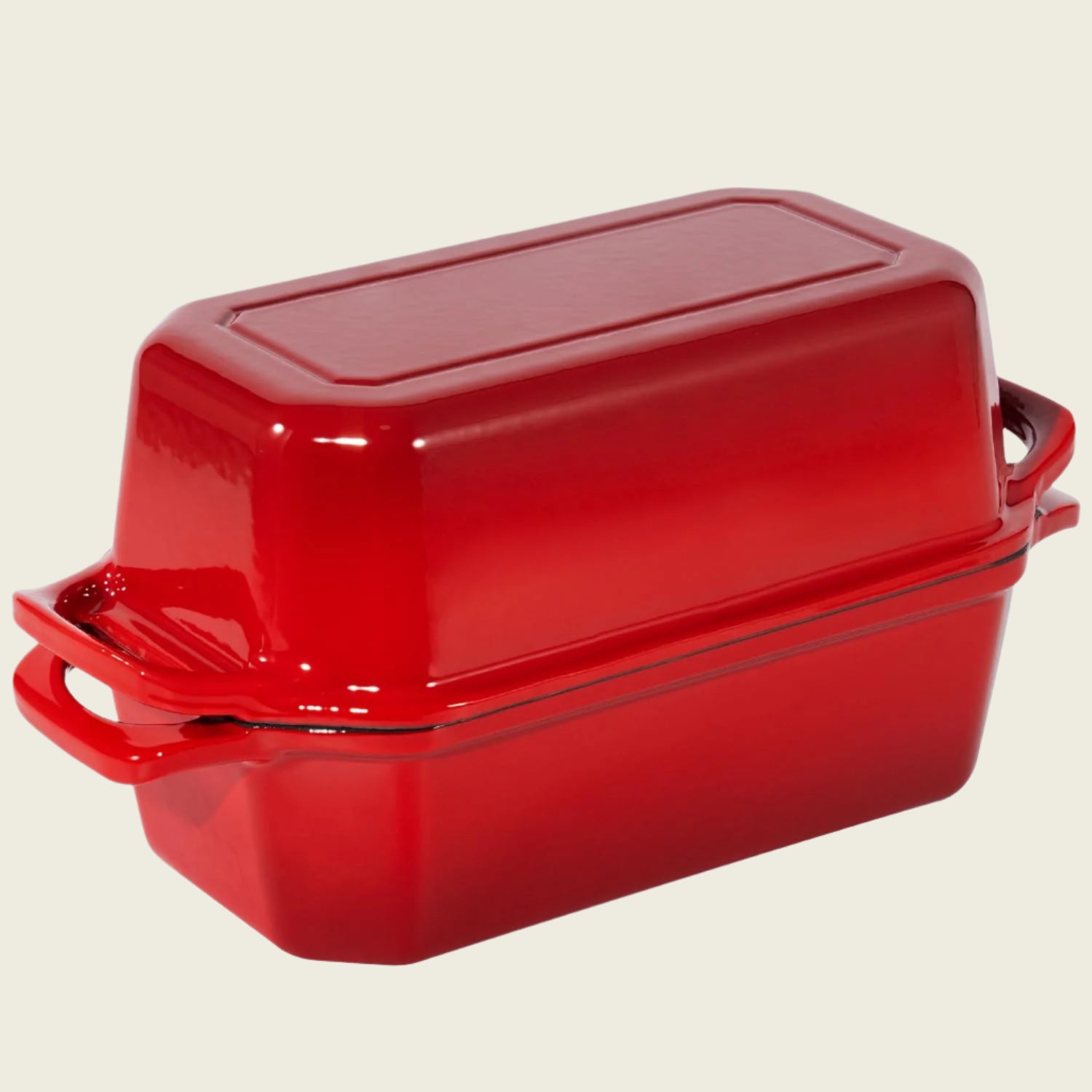The Best Oils for Seasoning Cast Iron
Share
Cast iron cookware is legendary—durable, versatile, and built to last a lifetime. But the real magic isn’t just in the heavy metal. It’s in the seasoning. Not salt and pepper seasoning, I mean the protective, naturally non-stick layer that transforms cooking into something almost effortless. That layer comes from polymerization—a chemical process where fat bonds to the metal, creating a tough, resilient surface. Once you understand that, everything else about seasoning starts to make sense.
Oils to Avoid
Before talking about what works, it helps to know what doesn’t. A few common “traditional” choices can actually backfire. Lard or bacon grease might seem classic, but if the pan sits unused for a while, these fats can go rancid, leaving off flavors in your food. Flaxseed oil often sparks debate. It can form a hard layer initially, but it tends to be brittle and flakes off over time. Its smoke point is very low—around 225°F—so it burns too easily to form a strong, lasting base.
Spray oils are another trap. Additives and propellants bake into the pan, leaving a sticky residue. Olive oil and butter might be okay for a well-established seasoning at lower temperatures, but for the first layers, their low smoke points make them prone to burning, creating sticky spots.
Common Mistakes
The number one mistake I see with beginners? Using way too much oil. Think of it like trying to paint a wall with one huge blob of paint—sticky, uneven, and a disaster to fix. For seasoning, less is definitely more. You want just a whisper of oil, thin enough that it almost looks like the pan is dry.
Oils That Work
So, what should you actually reach for? The key is high smoke points and polyunsaturated fats—they polymerize well, creating that strong, non-stick layer. Top picks include:
-
Avocado oil – high smoke point, neutral flavor, builds a sleek, durable finish.
-
Grape seed oil – very similar to avocado, works beautifully for multiple layers.
-
Sunflower oil – another solid choice for a strong, resilient surface.
-
Canola, peanut, or soybean oil – accessible, reliable, and effective.
Some specialized seasoning blends now include oils with beeswax. This helps the oil coat evenly, adds a touch of water repellency, and can extend the life of the seasoning.
Applying the Oil
Getting the application right is crucial. Start with a spotless, completely dry pan. A few minutes of gentle heating in the oven helps evaporate lingering moisture—water is the enemy of good adhesion.
Then, apply an incredibly thin layer of your chosen oil. Wipe almost all of it off with a paper towel or cloth. The surface should feel barely oily, not wet or glistening.
Bake the pan upside down in the oven at around 450°F, or roughly 25°F above your oil’s smoke point. Baking upside down lets any tiny excess drip off instead of pooling. Repeat this process three to five times to build a strong foundation.
Maintaining the Seasoning
Once the base layer is done, maintenance is easy and surprisingly fun. Cook regularly. Use a bit of oil when you fry, sauté, or roast. Every meal adds another micro layer to your seasoning. Even deep frying is excellent for boosting it. Over time, your pan becomes more non-stick, more resilient, and easier to cook with.
The Takeaway
Seasoning cast iron isn’t some mystical kitchen ritual. It’s chemistry, technique, and consistent use. Choose the right oil, apply it sparingly, heat it properly, and cook with it often. The more you use your pan, the better it gets. Every meal contributes to a stronger, more durable seasoning layer.
A well-used cast iron pan is like a living kitchen tool—it improves as you use it, rewarding everyday cooking with effortless performance. The secret isn’t hidden; it’s in the simple, consistent steps that anyone can follow.
